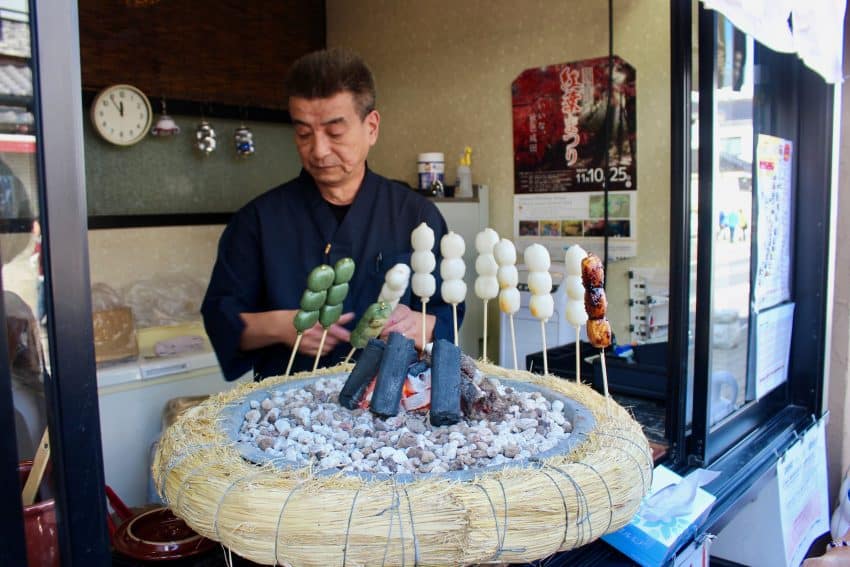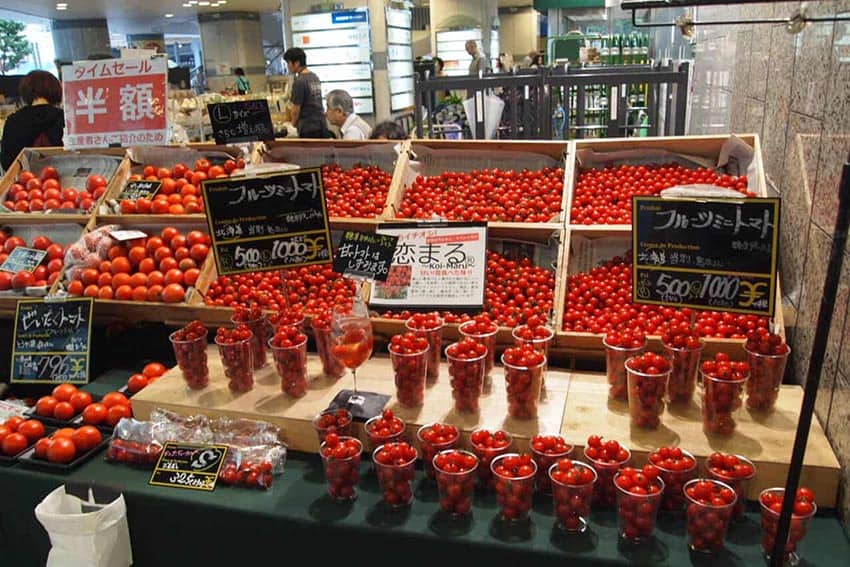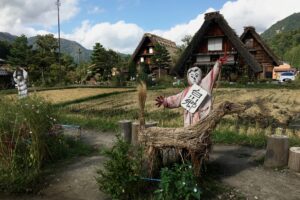
Returning to Fukushima after the Nuclear Disaster
By Taylor Bond
 The much-beloved Japanese movie, Princess Mononoke, opens with a fast-paced action sequence of a mountain village prince battling a boar infected with a darkness that had driven it on its violent rampage.
The much-beloved Japanese movie, Princess Mononoke, opens with a fast-paced action sequence of a mountain village prince battling a boar infected with a darkness that had driven it on its violent rampage.
As the movie progresses, the source of the sickness is revealed as man-made, a human taint derived from a neighboring metal factory.
The resulting animal is super-sized, pink muscles rippling with both flesh and a bubbling blackness, and irrationally, I keep expecting to see that scene out of the bus’ windows as it heads steadily to its destination of Fukushima.
Aizu Region of Fukushima
Instead, for the three-hour trip from Tokyo to the Aizu region of Fukushima, the trip’s final stop, all that can be seen once the outskirts of Tokyo are behind us, are dense forests, slow-moving rivers cutting through the landscape, and the occasional rural town. Things are peaceful. Surprisingly so.
The Lore of Akabeco

People don’t talk about it. The Japanese tour guide speaks about the local lore of Akabeco, the mythical red cow who has turned into the official town mascot.
Or he begins telling us about the famous yakisoba noodles produced as a specialty in the region since the water that collects in the basins of the surrounding mountains is fresh, purified, and perfect for crafting noodles.
Leaving out the Fukushima Disaster
Not once does he mention the infamous Fukushima Daiichi nuclear disaster that occurred in 2011. The result of a large earthquake followed by a large tsunami overwhelmed the defense systems put into place.
The generators, necessary to sustain power to the reactors, were incapacitated by the ocean water invading from outside. Here, now, none of that panic or destruction can be seen, both in the physical landscape and in the speech of the local people.

The Yanaizu region of Fukushima is not close to the origin of the incident; although both locations reside in the same prefecture, mountains and wide expanses of land separate the site of the power plant from the idyllic countryside I’m currently visiting.
Still, the thought of the accident still seems to loom, ever-present, like a nuclear reactor against a clear horizon. The media and mystery surrounding the name of “Fukushima” have turned from panic to mere intrigue; especially curious individuals can now book tours to the area surrounding the power plant.
While certainly not something the average traveler would classify as a good time, even dark tourism appears to be welcome.
Making Soba
The items on my docket are far tamer in relation —making some of the much-celebrated sobas from scratch and wood-woven crafting. The soba workshop takes place in the town center, at a building that doubles as a rest stop and a gift shop.
There are fresh jams, snacks, and even a collection of Akabeco bobbleheads, their red bodies moving in sync. However, the cooking room is upstairs of the building. Making soba sounds easy —in truth, it’s a lot more difficult to achieve, at least for this traveler.
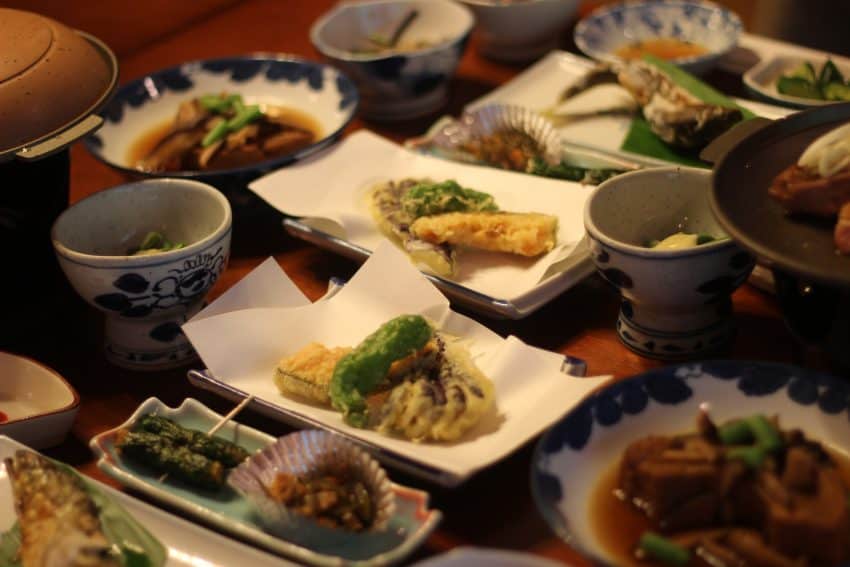
Cutting Noodles
The batch size is huge, so much so that mixing the grain with the liquid base is physically taxing. Then, the cutting. It’s a separate chore on its own and takes meticulous precision to cut the noodles into the correct length and girth.
Mine end up too large, like linguine instead of the thin style common in Japanese cuisine.
The helpers take the raw materials and cook them for us. The flavor comes from the tsuyu sauce which the noodles are dipped into, garnished with scallion and wasabi, and my cooking errors are hardly noticeable amidst the savory taste.
In comparison, the traditional craft museum is more off of the beaten path. The building isn’t clinically fresh, like the one that housed the soba workshop, but dusty and lacking natural light.
The age suits it though. There’s a timeless aura that emanates from the examples of actual items that are displayed in the entrance —wood-woven snow boots, and jackets, and even modern fashion purses, created in an effort to preserve the legacy of the craft.
The craft itself is another task that takes concentration; it begins by wetting the wood into a malleable form, then twisting and weaving the materials to form a pattern that hardens as it dries.
The end result after an hour of work is a keychain, decorated with four brightly colored beads. It’s small but beautiful and appears to be an effective method of continuing age-old traditions.
The pace of the small town in Yanaizu, Fukushima is a stark contrast to the never-ending demands of everyday Tokyo life that I’ve gotten used to. The train that services the city center comes about once every hour; when we arrive at the station, only two other customers are waiting at the platform —an elderly lady hunched into the chair, who gives us a small and friendly smile, and a man wearing relaxed business clothes.

Once it sets off, the train rattles along at a slow, constant pace. The view from the lest window is scenic, and I find out later that there is a specific train that runs through the area solely for people looking to look out the windows and appreciate the view.
The lake I see below us is cut off as we pass by suddenly, but within a minute I can see another river, iridescent in the midday sunlight.
The destination of our train ride is at Nishiyama Onsen.
Nishiyama Onsen has operated for well over 1000 years —in fact, it just recently celebrated its 1300-year anniversary. The compound is situated deep in the woods. Another river separates the two sides of the space.
There is nothing surrounding its immediate vicinity except for trees, trees, and more trees. At night, all that can be seen is dark shadows of the woods and stars above it.
The Outdoor Onsen
The onsen is both indoor and outdoor, and although the outdoor onsen is enjoyable at any time of the day, it is at nighttime, cloaked in nothing but the skies, that they are most liberating.
Onsen, which can be defined both as a national pastime in Japan and as natural hot springs that bubble up from the nation’s volcanic core, is a completely disbarring experience. Clothes and any insecurities are left behind in little plastic baskets in the bathroom, stacked single file in the cabinets.

The public hot baths are entered 100% nude with 100% same-sex strangers, filtering into the stone walls to the left or the right.
Outdoor Onsen in Fukushima
Aside from the night, the second-best window of opportunity for the outdoor onsen is early in the morning, before the sun has finished rising, where the mountain air is cold and lingers like a fog around the hot steam baths.
At this time, there’s a dewy stillness that has yet to be broken by the day, and no fear of anyone happening to peer upon your naked body. As I sit in the hot water, eyes cast out to the view of the woods and the softening gurgling river, my mind is blank, numb in a completely isolated relaxation.
Without any apparent traces of outside civilization, there is a timeless feeling here. Slowly, my thoughts turn to the prefecture, its past, and its future.
I think of Fukushima not as a region trying to move on or forget or rebrand, but a region simply trying to return. To recapture the life that had existed before 2012, a time before the name of their home became taboo.
For the Yanaizu region specifically, there appears to be a desire to return to even further beyond that date, a yearning to reclaim the myths originating from the temples or to continue the pursuit of their long-established woodworking and crafts.
But returning doesn’t seem to be the issue; the culture, traditions, and longstanding lifestyle of this region of Fukushima never appear to have left in the first place.
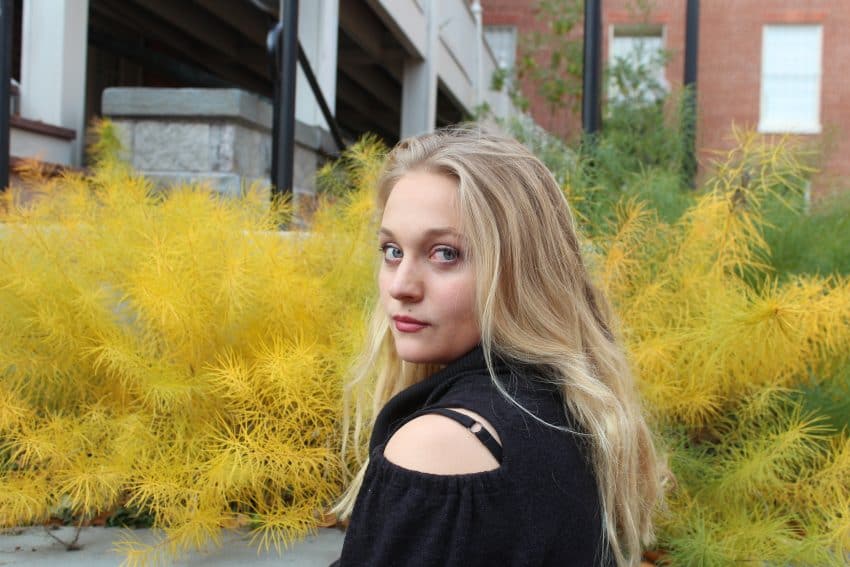
Taylor Bond is a writer, photographer, and artist based out of Tokyo, Japan.
- Missouri Sports Travel Adventure: From Landmarks to Ballparks - January 21, 2026
- What First-Time Visitors Get Wrong About Visiting Iceland - January 15, 2026
- Bareboat Charter vs all-inclusive Crewed: Which Luxury Charter Fits You? - December 29, 2025


